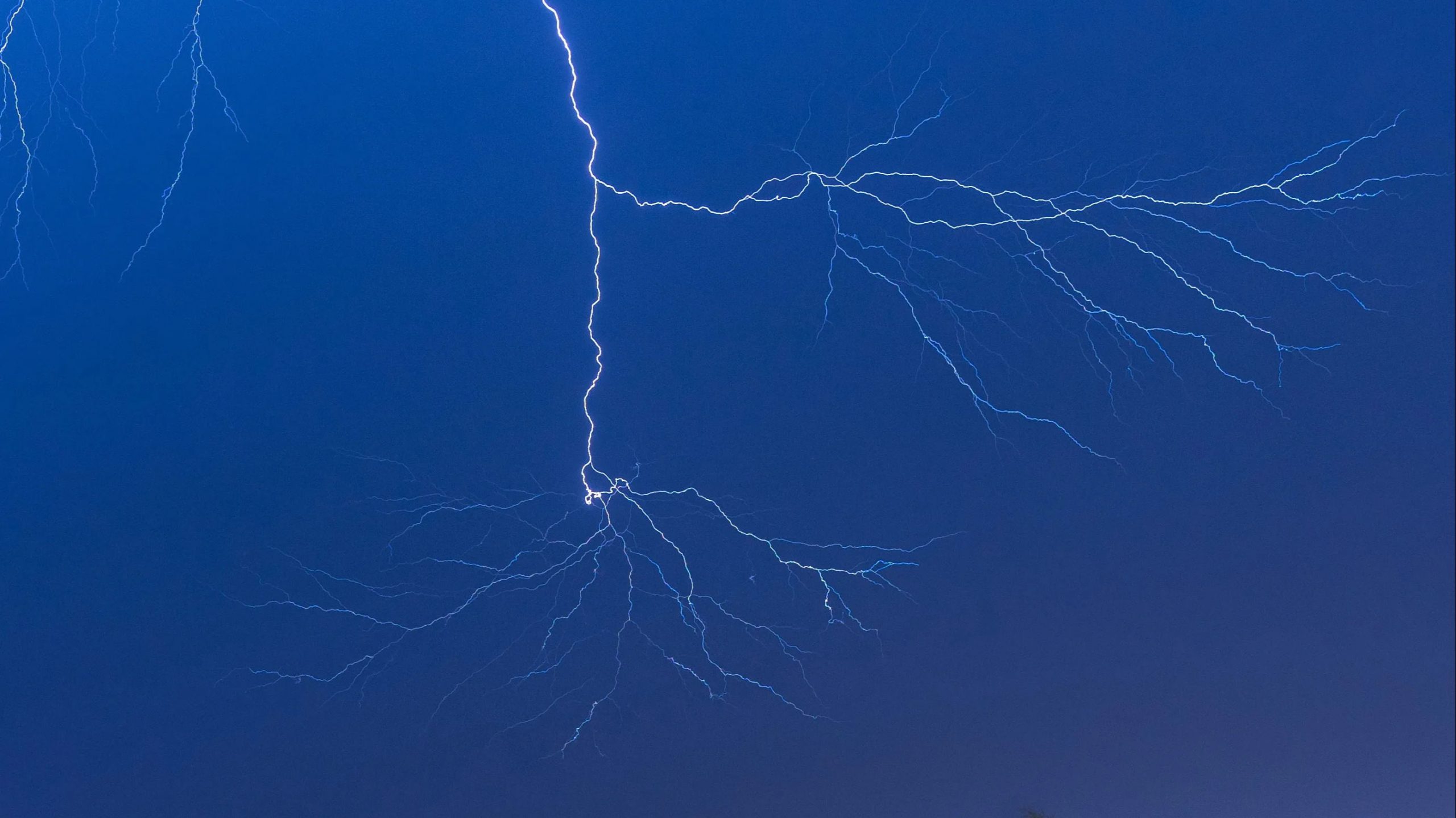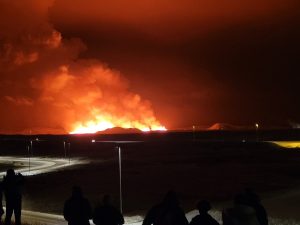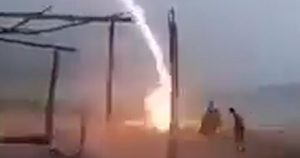In separate incidents of lightning strikes in Rajasthan and Uttar Pradesh, 50 people have died in the past 24 hours. Of the 50 people, 11 people were killed in Rajasthan’s Jaipur on Sunday after lightning struck a watchtower, near Amer Fort, where a group of people was said to be taking selfies during a thunderstorm.
According to the National Disaster Management Authority (NDMA), most deaths due to a natural disaster in India happen due to thunderstorms accompanied by lightning strikes, in which nearly 2,000 have died every year since 2004. The India Meteorological Department (IMD) last month said that the number is nearly double as compared to the deaths recorded since the late 1960s.
Also Read: What can you do to prevent yourself from being struck by lightning?
A paper, published in Elsevier journal on weather and climate extremes by the ministry of earth sciences, that in a study of 50 years’ data of long-term changes in mortalities due to extreme weather events in India, the mortality rate from heatwaves and lightning has increased by 62.2% and 52.8%, respectively in the past 20 years, whereas the rate from tropical cyclones has reduced by 94%.
In general, lightning strikes are higher during pre-monsoon when the moisture level increases and surface temperature is high, thus creating a favourable environment for thunder clouds. However, this year, the strikes are mainly associated due to the long monsoon ‘break’ where the surface temperature is high without rain.
“There has been around a ten-day break in monsoon. There has been significant surface heating during this period. As the monsoon is reviving, moisture levels have also increased. This is the most favourable condition for the development of thunder clouds and collision of ice particles which leads to charging and lightning strikes,” said SD Pawar of Thunderstorm Dynamics, Indian Institute of Tropical Meteorology, quoted Hindustan Times.
Pawa said that the recent spikes in lightning strikes are due to climate change, as he explained that the surface temperature and moisture levels have increased significantly in the recent years.
“Urbanisation leading to loss of tree cover also contributes to rise in surface temperature. We think the two have mainly contributed to rise in incidence of lightning. The rise in deaths due to lightning can be because more people are outdoors and possibly exposed to lightning in recent years,” Pawar said, quoted hindustantimes.com.
The director general of IMD, M Mohapatra said that the increased usage of electrical appliances is also the reason for increased deaths due to lightning strikes. “The use of electrical appliances has also increased significantly in the past 30 years, from mobile phones to TVs to power lines. Lightning can interfere with their electromagnetic field,” M Mohapatra said last month.







